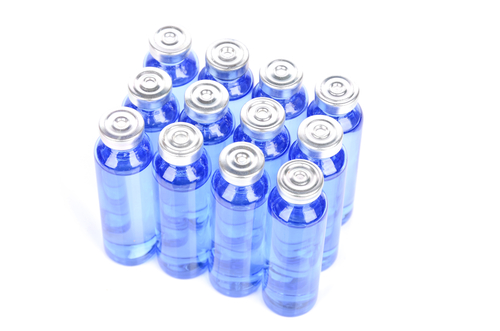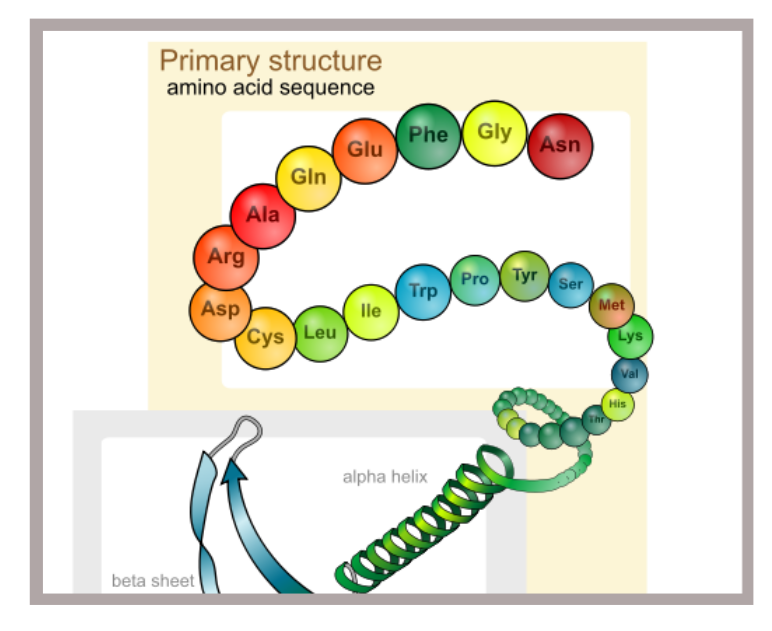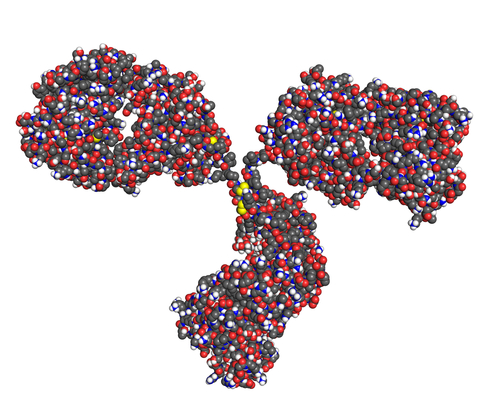Introduction pH is a measure of Hydrogen ion concentration and can also be described as ‘A measure of how acidic a solution is‘. Low pH (0-3) environments are most acidic while high pH (11-14) environments are least acidic and described as alkaline or basic. As mentioned previously, protein structure is dependent on a combination of chemical bonds and electrostatic (Stationary … Read More
Biopharmaceutical Storage & Handling: Solutes & Solvents
As noted in earlier posts such as ‘Biopharmaceutical Protein Structure – Part 1‘, the elaborate 3-dimensional structure of proteins is maintained by a complex interplay of chemical bonds and electrostatic interactions. These electrostatic interactions primarily involve the charged side-groups of the protein’s constituent amino acids. As seen in Figure 1 below, the ‘R‘ groups which represent clusters of atoms unique to each … Read More
Biopharmaceutical Stability, Storage & Handling: An Introduction
Having previously discussed the fundamentals of biotechnology, its impact on the production of medicines and the structure of these protein-based medicines, we now move on to some of the practical aspects of managing therapeutic proteins. In this post we begin our exploration of the storage and handling of biopharmaceuticals. As noted before, because proteins represent the overwhelming majority of products from the pharmaceutical biotechnology sector, … Read More
Biopharmaceutical Protein Structure – Part 2
Introduction Our last post entitled, ‘Biopharmaceutical Protein Structure – Part 1‘, looked briefly at the interplay of different chemical bonds common to proteins and their respective contributions to the maintenance of protein structure. We will now apply those principles to the current discussion and explore in greater detail the four levels of protein structure with particular emphasis on the structural complexity of proteins. The Structural Complexity of … Read More
What is a Biopharmaceutical? (Part II): Biopharmaceutical Characteristics
The following list while not comprehensive, provides some key characteristics of biopharmaceuticals / biologics: 1. They are produced within ‘Living Cells’. 2. They are proteins in most cases although more recent developments have seen nucleic acids entering the fray as therapeutic agents. 3. They have very large molecular weights and by extension tend to be very large molecules. (This is … Read More






